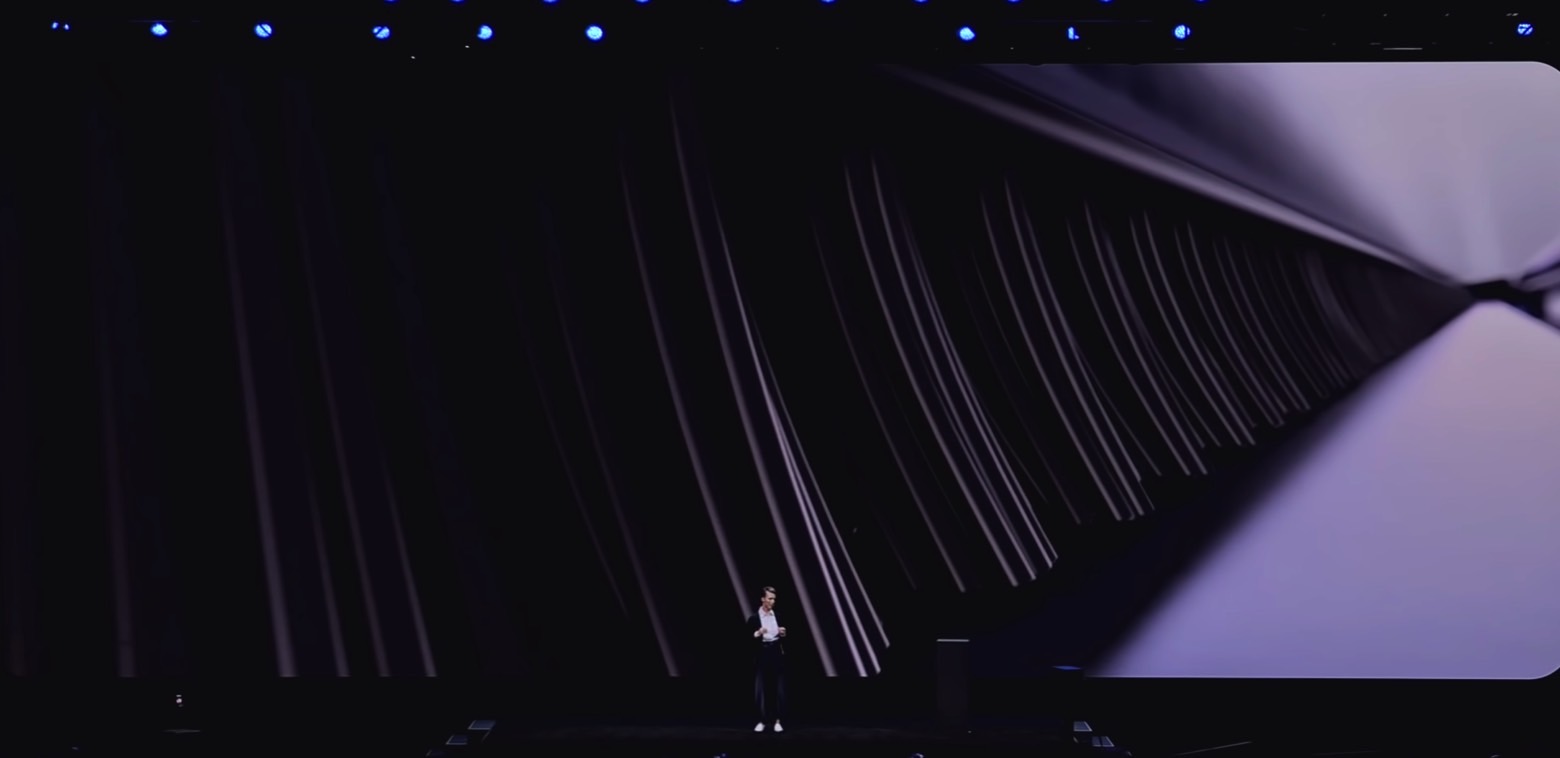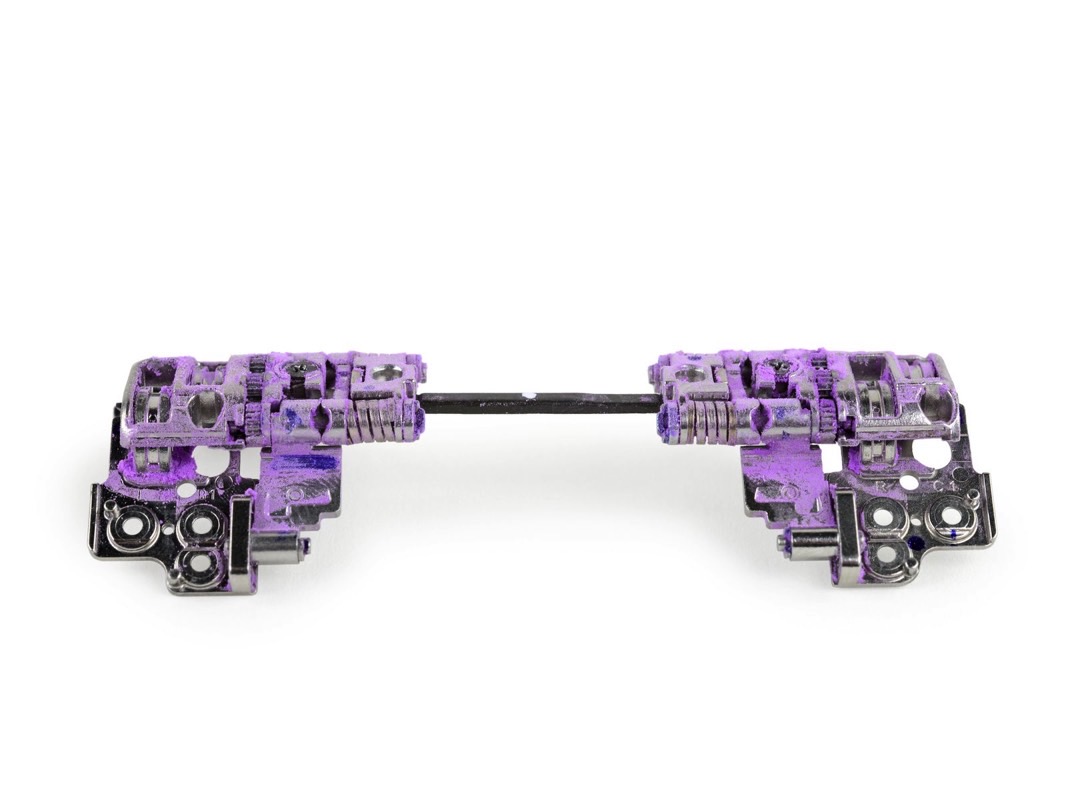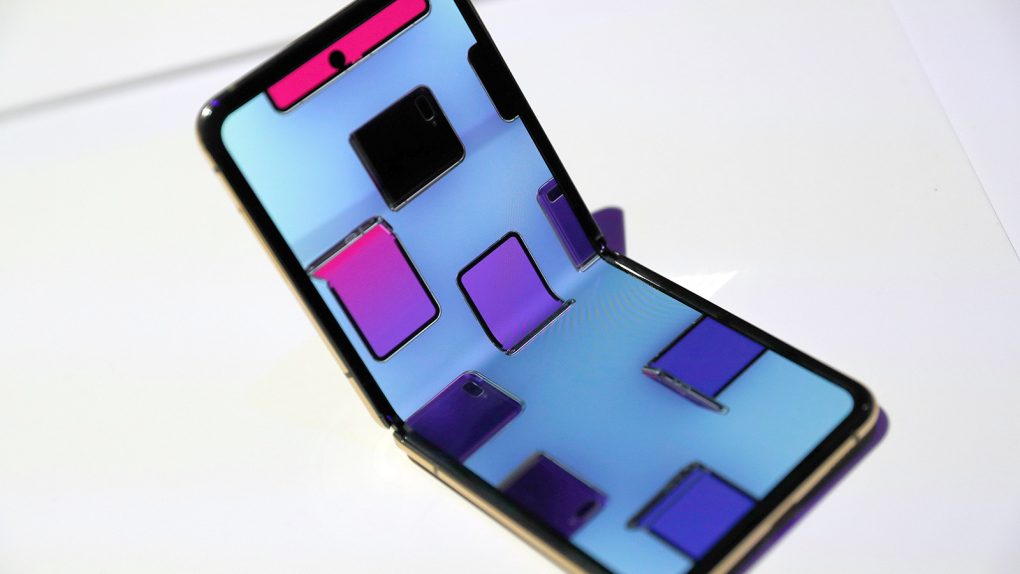“We pushed mobile engineering to its limits to create,” the Galaxy Z Flip said Samsung’s head of UK product marketing Rebecca Hirst on stage last week during the Z Flip and S20 launch event. “And none of it would have been possible without our new one-of-a-kind, hideaway hinge,” she continued as the video behind her showed the hinge in action. “The hinge is the backbone of any folding phone. It quite literally holds the whole thing together, and it also prevents particles like dust and sand from getting into the phone and damaging the display,” the exec continued, as the animation shifted to a video showing Samsung’s innovative brush that should prevent said particles from getting inside the phone. “That’s because folding phones have a tiny gap between the hinge and the device,” Hirst continued, which was an interesting thing to remark given that it perfectly described one of the Galaxy Fold’s main problems. “We created a layer of fibers inside that tiny gap to keep those particles out,” she said. “This secure fiber shield protects your phone, so you can make the most of this revolutionary technology.” Unless it doesn’t really hold dust out, and this is just a gross exaggeration of the Flip’s ability to prevent dust ingress.
When Samsung released the Fold into the wild last April, reviewers discovered two design failures that needed fixing. The hinge gaps allowed debris to enter the phone, and the plastic screen protector sitting atop the plastic screen looked like a user-removable protector. Each issue resulted in the complete destruction of the screen, so Samsung went to work to fix it. Five months later, the redesigned Fold hit stores, with fixes in place meant to prevent screen damage. While the screen protector was tucked under the bezels, as it should have been from the start, the hinge fix wasn’t perfect. It turned out that debris could still reach the innards of the phone.

Fast forward to the Galaxy Z Flip, and the fiber that Hirst talked about on stage while video playback showed it in action (image above), isn’t good enough to protect the Z Flip from dust and sand.
Not one, but two separate teardowns of the clamshell prove that the fiber that Samsung praised doesn’t look as impressive as in those marketing shots. iFixit and Zack Nelson dismantled the phone, and the teardowns demonstrate the remarkable engineering of the Z Flip. Making foldable phones isn’t easy, and Samsung does deserve praise for having gone forward with commercial launches of the Fold and Z Flip despite the technical difficulties each of them poses. But that doesn’t mean it’s okay to misrepresent the phone’s capabilities.
The fiber that Samsung was so excited about on stage isn’t at all as good as you might think. iFixit’s teardown does a great job of showing that dust will get pretty much everywhere inside the phone. So you’ll want to avoid the beach or placing the phone anywhere it might come in contact with significant amounts of debris. The following image shows the hinge covered in pink dust, dust that reached other sections of the phone.

That doesn’t mean the fiber layer won’t stop bigger particles, because it probably will. It’s just not the perfect solution to seal the phone and prevent any dust ingress.
If dust can get into the phone, then so will water and other liquids. The teardowns do reveal that the motherboard has a rainbow coating, which is probably a hydrophobic-nano-coating layer supposed to repel water. That’s not enough, however, to ensure complete protection against liquids. Samsung would have surely made a big deal about it if that were the case.
It’s also worth noting that while Samsung’s marketing might be somewhat misleading, the company at least makes it clear during the phone’s setup phase that the handset isn’t dust- or water-resistant.
The iFixit and JerryRigEverything Galaxy Z Flip teardowns follow below.








